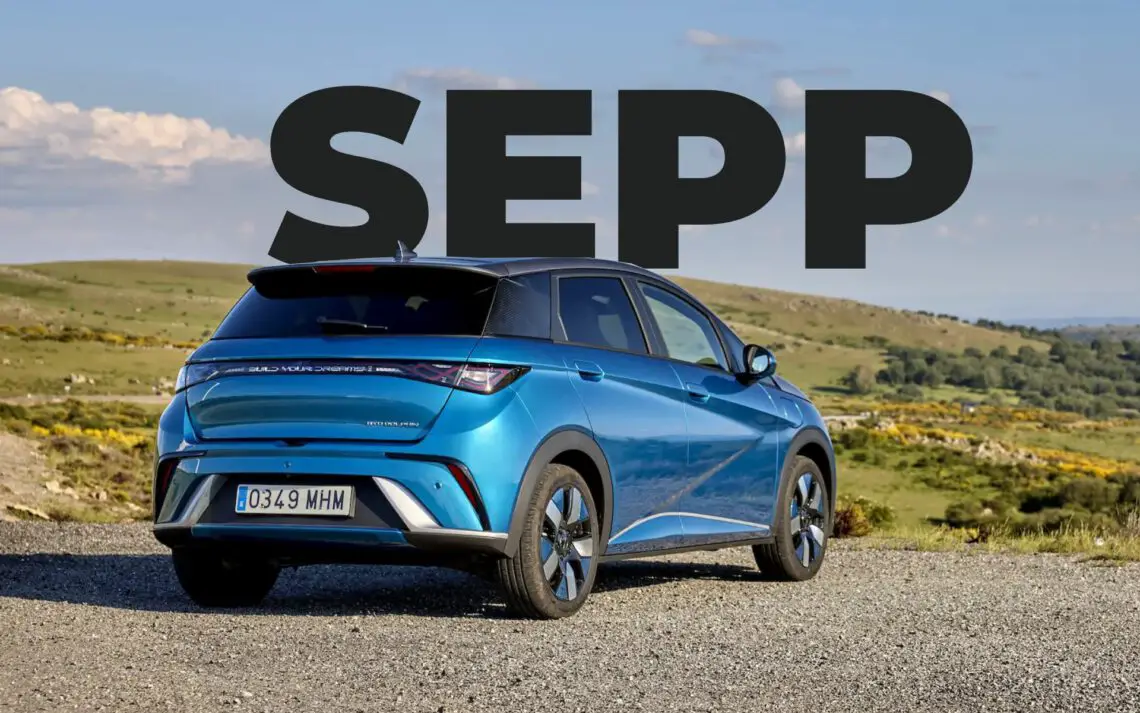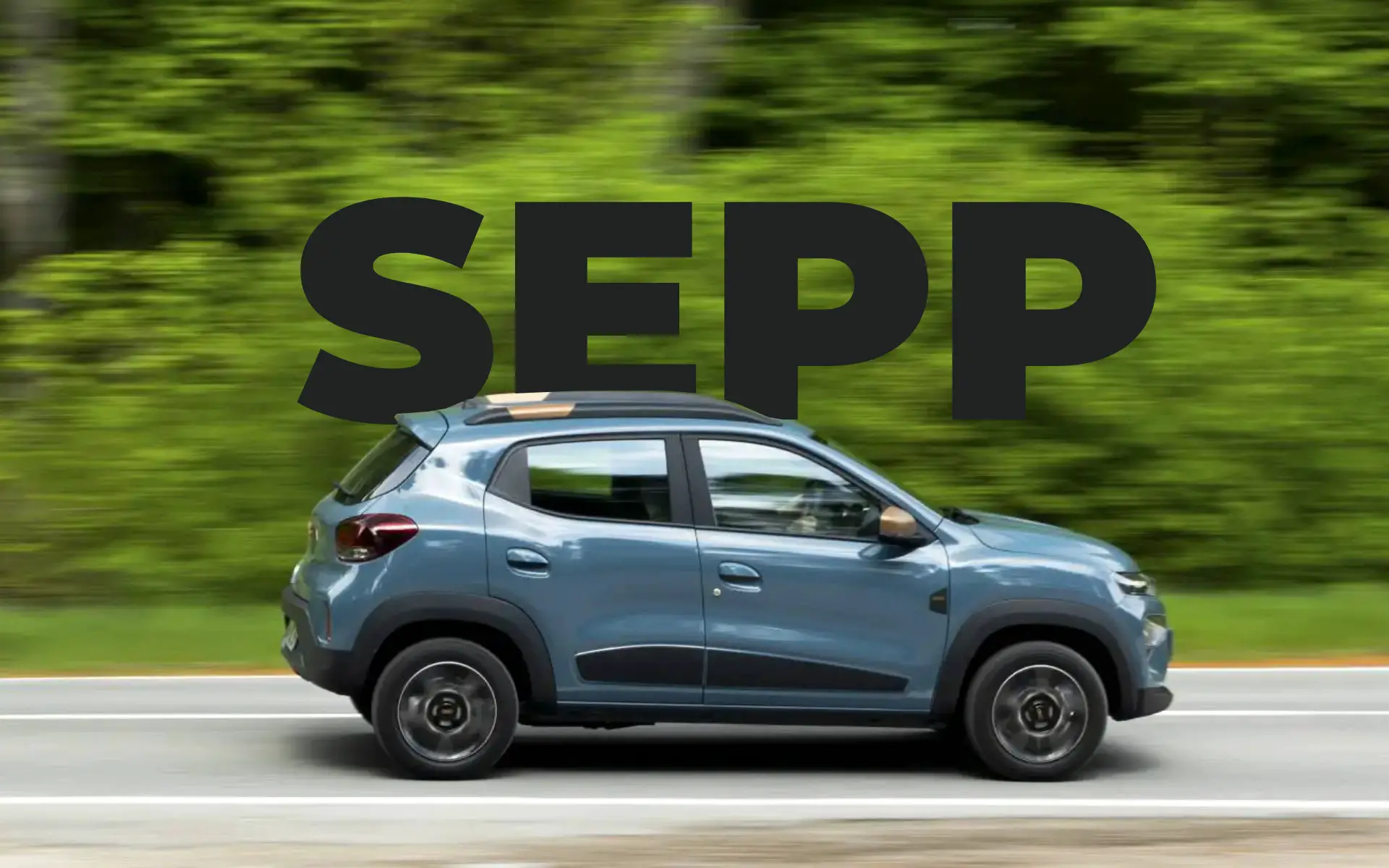SEPP subsidy too low? – Why the SEPP subsidy pot just won’t empty
SEPP grant, what is it?
SEPP is an abbreviation for Electric Passenger Car Subsidy for Individuals. If you are an individual buying a new electric passenger car, you may be eligible for SEPP. Why do we say possible? Because the car must meet certain requirements. For example, the car is 100 percent electric, has a range of at least 120 kilometers and has an original new price (list price) of at least 12,000 and at most 45,000 euros.
Requirements for the buyer
In addition, as a buyer, you must also meet certain requirements: the car will be on the registration register on or after January 1, 2023, and will be in your name for a period of at least three years. Small note: once the car is delivered, you put it in your name in the vehicle registration, but the car does not have to be delivered yet when you apply for a subsidy. By the way, you must buy the passenger car from an authorized car dealership. Mutual sales between individuals are not allowed. This requirement is included in the regulation and provides an additional barrier against possible misuse of the grant.

Does not run a storm
An orderly set of requirements, right? In addition, several electric cars are eligible for the SEPP subsidy. Yet it is not running a storm. Because after eight months in 2023, more than half of the available 67 million euros remain. Chances are that the subsidy pot won’t empty at all before the turn of the year. How is that possible? There are several reasons for this.
- The subsidy amount of 2,950 euros on a new car is too low. In 2021 you still got a 4,000 euro subsidy, and in 2022 it was 3,350 euros on a new all-electric passenger car. An amount of 2,950 euros is on the low side to make a BEV interesting to the wider public. By comparison, in Germany the subsidy on a BEV is almost 7,000 euros. Also in France, the amounts involved range from 5,000 to 7,000 euros. These are amounts that make a difference.
- Battery-electric cars are still too expensive. Even with a “government rebate” of 2,950 euros, an all-electric car still requires too high an investment for many individuals. Even the cheapest electric car in the Netherlands – a Dacia Spring – with “mandatory” options like air conditioning and the highly recommended 30 kW DC fast charger already has a price tag of 23,450 euros (Spring Expression). With subsidy, you’re still talking about an amount of about 20,000 euros. That’s still a lot of money.
What can the government do?
The SEPP subsidy pot is a good initiative to make electric driving more attractive to individuals. But the subsidy amount is unfortunately too low so most people keep their hand on the purse strings. A solution? Increase the SEPP grant for the rest of the year to 5,000 euros. With the remaining 37 million euros (as of Aug. 7) in the subsidy pot, another 7,400 individuals could theoretically buy an electric car in an attractive way. Chances are, though, that it will be a storm. If the subsidy amount remains 2,950 euros, over 12,500 individuals will still be able to buy a battery-electric car with a 2,950 euro subsidy.

